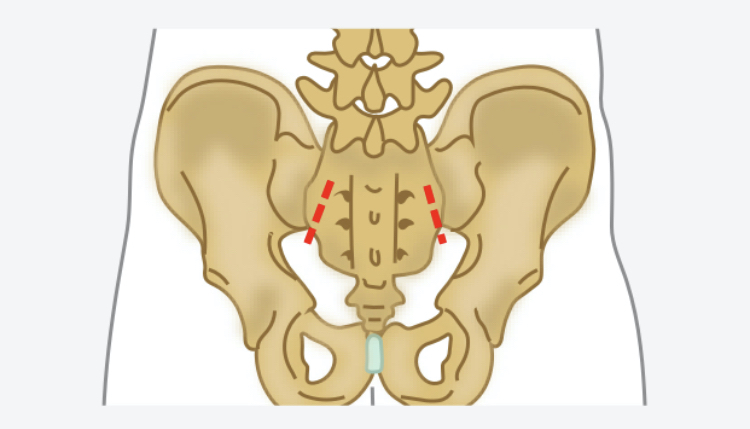Minimally Invasive Lumbar Fusion Procedure
Spinal fusion is used to strengthen the spine and prevent painful movements in people with spinal deformities or degenerative disc disease. The spinal disc between two or more vertebrae is removed and the adjacent vertebrae are “fused” by bone grafts and/or metal devices secured by screws.
The fusion can be performed through the abdomen, a procedure known as an anterior lumbar interbody fusion, or through the back, called posterior fusion.
Spinal fusion may result in some loss of flexibility in the spine and requires a long recovery period to allow the bone grafts to grow and fuse the vertebrae together.
What is a Minimally Invasive Lumbar Fusion Procedure?
The ultimate goals of lumbar fusion surgery are to help reduce pain, relieve swelling, irritation and pinching of nerves and restore function. By stabilizing the spine, the intent is to enable you to return to many of the activities you enjoy.
A spinal fusion is an operation that is used to strengthen the spine by “fusing” two or more vertebrae by bone grafts and/or metal devices secured by screws. This procedure forces the vertebrae in your lower back to grow together. This inhibits any motion between the two vertebrae and relieving pressure on your nerves.
Traditional surgery is known as open surgeryand involves one large incision down the center of your spine. A larger incision means your surgeon is able to perform surgery with a clear view. Minimally invasive surgery (MIS) is an innovative approach with more than a decade of clinical history. It’s performed with two smaller incisions on either side of the affected vertebrae and involves the use of a surgical microscope, live x-ray or computer aided navigation and special surgical instruments.
The procedure can be performed using a number of techniques including incisions in the back (posterior fusion), abdomen (anterior lumbar interbody fusion) or both.
More and more surgeons are recommending minimally invasive surgery (MIS) for their patients. MIS offers a number of potential advantages over traditional open lumbar fusion.
Minimally invasive procedures are generally associated with:
- Smaller incisions
- Avoiding significant damage to the back muscles and soft tissue surrounding the spine can be
- Reduced blood loss
- Lessen scarring
- Reduced postoperative pain
- Quicker recovery time
- Shorter hospital stay
- Lower risk of infection
There are several ways to treat lower back pain. Not all back problems are potentially helped with MIS. It all depends on your condition.
What Happens During A Minimally Invasive Lumbar Fusion Procedure?
The Incision
In minimally invasive lumbar fusion surgery, your doctor makes 2 small incisions. Tubes are then inserted through these incisions to create a path for your doctor and uses special instruments to perform the surgery.
Discectomy or Removal of Parts
Depending on your condition, your doctor may decide to remove the disc between the two vertebrae being fused, any part of the vertebra (bone) or bone spurs that are pinching the nerves. Removing the disc is called a discectomy.
Filling Up the Space
A spacer (artificial material) and/or bone graft is then added in place of the removed disc, so the vertebrae (bones) will fuse and form a solid union. The bone graft is sometimes taken from your own bone, called an autograft. Or, your doctor may choose to use bone from a bone bank. This is called allograft. Synthetic bone graft or other man-made materials may also be used. This can occur in any combination.
Fusing The Vertebrae
Your doctor will begin the process of fusing your vertebra together. Special screws will secure the vertebrae until the bone graft has a chance to fuse together. Once the vertebrae are prepared, your doctor will use hardware such as screws, rods, or cages to fasten your bones together. Extra hardware may also be used to anchor and stabilize your bones.
The bone graft should set within the first 12 weeks after surgery, and in six months to a year, the fusion of the vertebrae should be complete, although in some cases fusion may take up to 18 months.
Follow Us
Request An Appointment
Address: 3273 Claremont Way, Ste. 201, Napa, CA 94558
Phone: 707-603-1042

